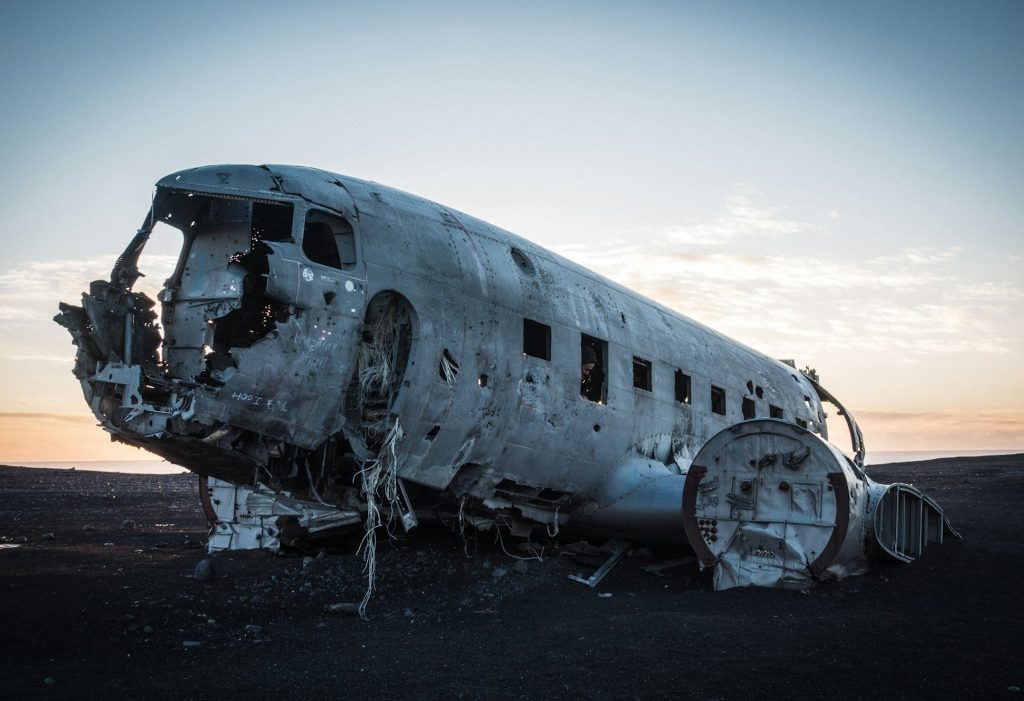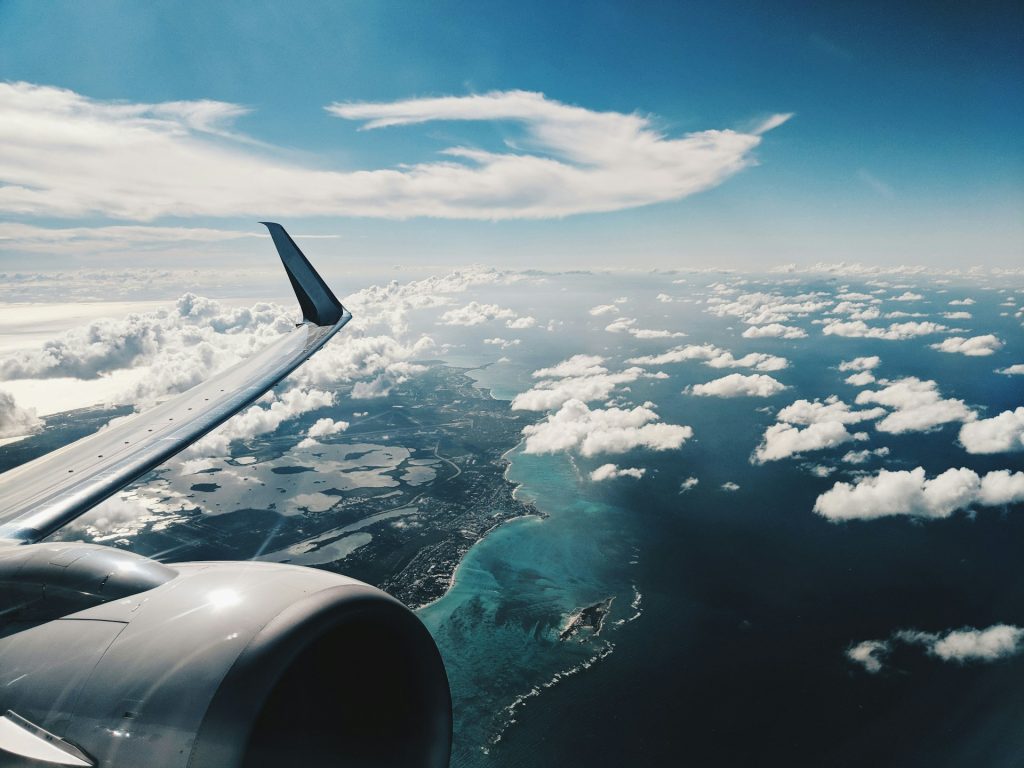Encounters with extreme turbulence in the air can be unnerving, leaving passengers and crew members shaken. From incidents requiring medical assistance to planes returning due to severe turbulence, it raises the question: What is turbulence, and can it cause your plane to crash?

What is Turbulence?
Turbulence, often described as “rough air,” is caused by eddies that create disruptions in the airflow around the aircraft. The Federal Aviation Administration (FAA) defines clear-air turbulence (CAT) as sudden severe turbulence occurring in cloudless regions. This phenomenon, likened to waves becoming choppy at sea, can lead to violent buffeting of the aircraft.
Turbulence can stem from three main factors: thermal (warm air rising through cooler air), mechanical (disruption caused by mountains or manmade structures), and shear (air pockets moving in different directions). This turbulence results in the aircraft experiencing sudden rises, falls, and lateral movements.
Is Turbulence Normal?
Yes, turbulence is entirely normal during flights. Despite the anxiety it may induce, modern aircraft are designed to withstand substantial turbulence. Pilots, equipped with weather and radar reports, anticipate turbulence and take precautions by alerting air traffic control, notifying fellow pilots, and adjusting the plane’s speed to the turbulence penetration speed.
Are We Seeing More Turbulence?
Global heating is contributing to increased disruptions in various layers of the atmosphere. Dr. Paul D. Williams, a professor of atmospheric science, notes a 15% increase in wind shear in the jet stream since 1979. His research predicts a doubling of clear-air turbulence by mid-century in the mid-Northern Hemisphere, affecting major routes such as New York-London and San Francisco-Tokyo.

Can Turbulence Cause Injuries?
While turbulence-related incidents do occur, the number of injuries is relatively low. According to data from the FAA, an average of 33 injuries per year was recorded over the last 16 years, with only 17 reported in 2017. Given the vast number of daily passengers, approximately 2.6 million in the US alone, the likelihood of being injured by turbulence remains low.
What Should You Do During Turbulence?
Following the lead of pilots is a wise choice—always wear your seatbelt. Turbulence injuries often result from passengers not wearing their seatbelts during unexpected turbulence. The FAA emphasizes the importance of listening to flight attendants, paying attention to safety briefings, and adhering to carry-on restrictions.
Could Turbulence Bring Down Your Flight?
In a word, yes, but the probability is extremely low. Senior aviation consultant Adrian Young acknowledges the term “turbulence” encompasses various factors, including storms, clear air turbulence, microbursts, and wake turbulence from other aircraft. While there have been instances in the past, modern engineering and technology, such as satellites and advanced meteorological tools, provide accurate forecasts, significantly reducing the risk.
Young notes that weather at high altitudes and microbursts have become less likely causes of crashes, thanks to improved detection systems and enhanced flight techniques. Wake turbulence, which affects smaller planes more than larger ones, has also seen a reduction in accidents due to advancements in technology.

In conclusion, while turbulence can be a nerve-wracking experience, the reality is that it rarely poses a significant threat to flight safety. Understanding the causes of turbulence, staying informed during flights, and following safety guidelines can help passengers navigate through these occasional bumps in the sky with confidence. The aviation industry’s commitment to technology and safety measures continues to ensure that the risks associated with turbulence are minimized, providing a smoother and safer journey for all.





